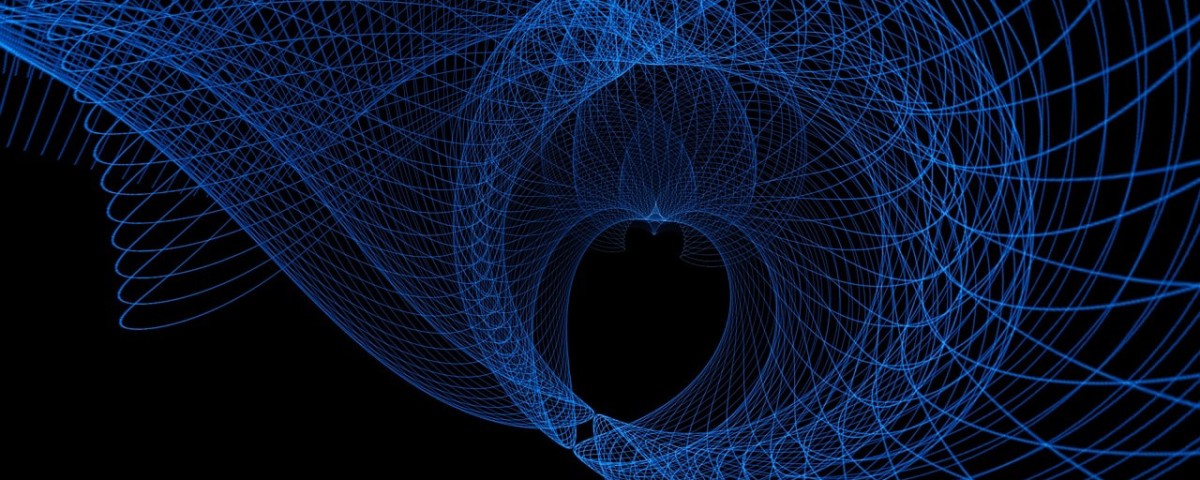Computer Graphics course is introduced for Computer Engineering and Electronics & Communication Engineering Third Year – First Part with the view of familiarizing students with graphics hardware, line and curve drawing techniques, techniques for representing and manipulating geometric objects, illumination and lighting models.
Complete chapter-wise notes, Lecture slides, important questions and other resources for Computer Graphics can be accessed from Computer Graphics Reference Note Collection post.
- Introduction and application [2 hours]
- History of computer graphics, Applications of computer graphics
- Hardware: Raster‐Scan Displays, Vector Displays, Hard copy devices, Input Hardwares, Display Architectures
- Applications in various fields like medicine, engineering, art, uses in virtual realism.
- Scan‐Conversion [6 hours]
- Scan‐Converting A Point
- Scan‐Converting A Straight Line: DDA Line Algorithm, Bresenham’s Line Algorithm
- Scan‐Converting a Circle and an Ellipse: Mid‐Point Circle and Ellipse Algorithm
- Two –Dimensional Transformations [6 hours]
- Two –dimensional translation, rotation, scaling, reflection, shear transforms
- Two‐dimensional composite transformation
- Two‐dimensional viewing pipeline, world to screen viewing transformations and clipping (Cohen‐Sutherland Line Clipping, Liang‐Barsky Line Clipping)
- Three‐Dimensional Graphics
- Three –dimensional translation, rotation, scaling, reflection, shear transforms
- Three‐dimensional composite transformation
- Three‐dimensional viewing pipeline, world to screen viewing transformation, projection concepts (orthographic, parallel, perspective projections)
- Curve Modeling [4 hours]
- Introduction to Parametric cubic Curves, Splines, Bezier curves
- Surface modeling [4 hours]
- Polygon surface, vertex table, edge table, polygon table, surface normal and spatial orientation of surfaces
- Visible Surface Determination [6 hours]
- Image Space and Object Space techniques
- Back Face Detection, Z‐Buffer, A‐Buffer, Scan‐Line method
- Illumination and Surface Rendering methods [8 hours]
- Algorithms to simulate ambient, diffuse and specular reflections
- Constant , Gouraud and phong shading models
- Introduction to Open GL [3 hours]
- Introduction to OpenGl, callback functions, Color commands, drawing pixels, lines, and polygons using OpenGL, Viewing, Lighting.
Practical:
Lab works should be done to provide concept on following topics:
- DDA Line Algorithm
- Bresenham’s Line algorithm
- Mid Point Circle Algorithm
- Mid Point Ellipse Algorithm
- Lab on 2‐D Transformations
- Basic Drawing Techniques in OpenGL
Text Book:
Donald Hearn and M. Pauline Baker, “Computer Graphics C version (2nd edition)”
Reference Books:
- Donald D. Hearn and M. Pauline Baker, “Computer Graphics with OpenGL (3rd Edition)”
- Foley, Van Dam, Feiner, Hughes “Computer Graphics Principles and Practice (Second Edition in C”)
Evaluation Scheme:
The question will cover all the chapters of the syllabus. The evaluation scheme will be as indicated in the table below.
| Units | Hrs | Mark
Distribution |
| 1 | 2 | 4 |
| 2 | 6 | 10 |
| 3 | 6 | 10 |
| 4 | 6 | 10 |
| 5 | 4 | 8 |
| 6 | 4 | 8 |
| 7 | 6 | 10 |
| 8 | 8 | 14 |
| 9 | 3 | 6 |
| Total | 45 | 80 |



2 Comments
[…] Complete Syllabus with marking scheme and practicals along with related text book of the subject can be accessed from IOE Syllabus – Computer Graphics page. […]
can you give a information about manual solution of computer graphics …plzz follow back as soon as possible.